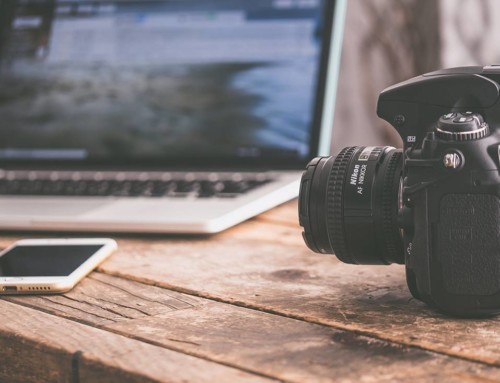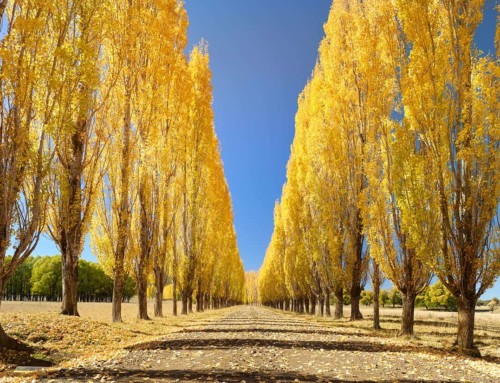At this point, social media is such a huge part of how people socialize, discover new things, and make decisions, it makes sense for serious photographers to be considering platforms like Instagram or Flickr as showcases for their work. Social media is a great way to expand your reach, build a fan base, and get constructive criticism. It’s a wonderful way to get your finger on the pulse of what people are into as well.
However, it also makes sense to carefully consider the pros and cons of using such platforms as well. Not all of the options out there are necessarily as good as all the others. Here we’ll take a closer look at three of the biggest, most important social media platforms for photography sharing and discuss the pros and cons of each one, the better to help you make an informed decision.
Flickr
Flickr is Yahoo’s answer to online photo sharing. It’s also one of the longest standing names when it comes to such platforms. Although it’s no longer the go-to place for photography-based social media, it is still incredibly active and retains a large portion of its original user base.
Pros of Flickr
Today’s Flickr is populated mostly by other photographers, as well as plenty of photography enthusiasts. That said, it’s a great place to network with other people that truly love the medium. Its interface also allows users to display all of the exif data attached to a given image. This makes it easy to see the exact technical settings used to achieve a given effect.
Also, Flickr features a large amount of storage space, making it incredibly difficult to actually hit capacity. Photos are also stored at a high resolution as compared to the alternatives, so it’s useful as a possible way to back up extra copies of your work.
Cons of Flickr
Although lots of photo sharing sites come alongside a plague of self-promoting accounts, this phenomenon can be especially prevalent on Flickr. There’s a lot of clickbait and spam to look out for.
Also, it’s easy for people to steal your photos here. There are few fail-safes Flickr employs to deter theft, so many people “right click and save”. You’ll definitely want to think about watermarks or some other way to protect yourself against copyright violation.
Last but not least, Flickr features few updates, so many users feel it isn’t as polished as some of the alternatives out there. It definitely can be said to have a dated feel.
Instagram hardly needs an introduction, as it’s currently one of the most popular photo sharing platforms on the web. In fact, the chances are excellent that you already have the app installed on your phone and/or use it from time to time.
Pros of Instagram
Because of the massive number of people that use Instagram, you’ll definitely gain access to a huge potential new audience, making it a great way to gain exposure. As touched on above, most people probably already use and like the platform.
Instagram is also incredibly convenient to use. To begin with, it’s free and doesn’t currently have any limits in place as far as how many images a given user can upload. Also features like hashtag support and integrated geotagging makes it easy for your images to be found by people that are truly interested in seeing them.
Cons of Instagram
There is little desktop support for Instagram at this time, so you are pretty much limited to uploading new images via your phone. There are also some limitations when it comes to aspect ratio. You’re no longer limited to the famous Instagram 1×1 square, but your photos still have to conform to specific criteria.
Also, you may want to consider creating one account for personal photos and snapshots (if you’re interested in uploading such things at all) and your serious photography. Instagram followers can be fickle, meaning they don’t want to see a casual photo of your lunch one day and a professional shot they’re meant to take seriously the next. Interaction is a big deal on this platform as well, so it’s important that you’re willing to interact with those that love your photography
500px
Although 500px isn’t exactly like Flickr, it does have a lot in common with it. In fact, it’s a favorite among people that like Flickr, but prefer an interface and a user base that’s a bit more modern. It also comes attached to useful features like the famous “pulse” score.
Pros of 500px
Like Flickr, 500px supports display of all your exif data, so it’s easy to share your own settings and learn from other people’s data to boot. There are also a number of integrated tools that serious photographers are sure to find handy. These include the ability to license your photos through the marketplace, as well as a way to set up integrated portfolios of your best work.
500px also makes it simple to judge how well your shots are each being received thanks to the pulse ratings. Plus, every single photo uploaded has a fair chance at winding up featured. All that has to happen is for it to get popular enough. That can be inspiring in and of itself when and if it happens.
Cons of 500px
Again, there are spammers, bots, and annoying clickbait you’ll have to look out for here, just as you will on other sites. However, it’s not as bothersome or prevalent here as it is on Flickr.
You’ll also need to understand up front that some of the more useful features on the site aren’t free to use. For instance, you’ll need to pay for a subscription if you’re interested in activating the portfolio feature. That said, this platform is a better fit for photographers serious enough to invest a bit in their social media.
Which platform constitutes the best choice for you depends largely on your preferences and needs as a photographer. It’s certainly not uncommon to use more than one or even all of them. Each offers you access to a large potential fan base and possibly also some fantastic opportunities to gain exposure or find clients/customers.







